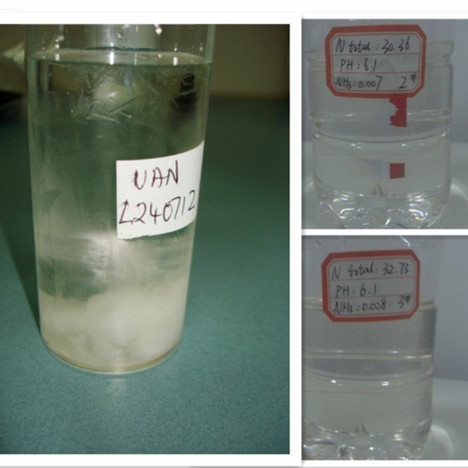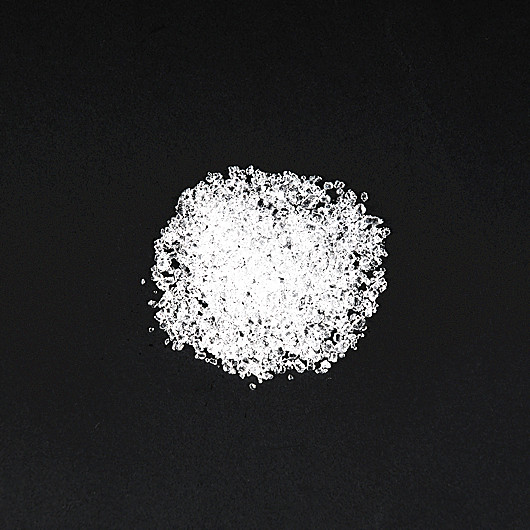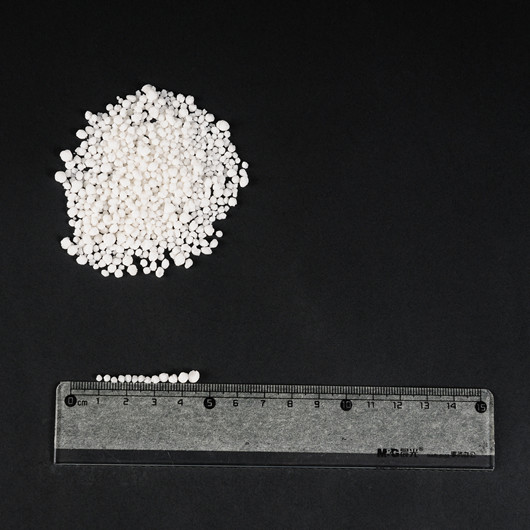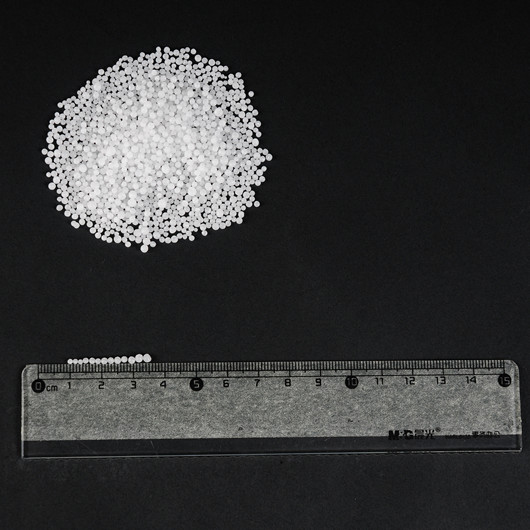Ammonium nitrate decomposes into gases including oxygen when heated (non-explosive reaction); however, ammonium nitrate can be induced to decompose explosively by detonation. Large stockpiles of the material can be a major fire risk due to their supporting oxidation, and may also detonate, as happened in the Texas City disaster of 1947, which led to major changes in the regulations for storage and handling.
There are two major classes of incidents resulting in explosions:
* In the first case, the explosion happens by the mechanism of shock-to-detonation transition. The initiation happens by an explosive charge going off in the mass, by the detonation of a shell thrown into the mass, or by detonation of an explosive mixture in contact with the mass. The examples are Kriewald, Morgan (present-day Sayreville, New Jersey) Oppau, Tessenderlo and Traskwood.
* In the second case, the explosion results from a fire that spreads into the ammonium nitrate itself (Texas City, Brest, Oakdale), or from a mixture of ammonium nitrate with a combustible material during the fire (Repauno, Cherokee, Nadadores). The fire must be confined at least to a degree for successful transition from a fire to an explosion (a phenomenon known as "deflagration-to-detonation transition", or DDT). Pure, compact AN is stable and very difficult to ignite, and there are numerous cases when even impure AN did not explode in a fire.
Ammonium-nitrate-based explosives were used in the Oklahoma City bombing.
Ammonium nitrate decomposes in temperatures normally well above 200°C. However the presence of impurities (organic and/or inorganic) will often reduce the temperature point when heat is being generated. Once the AN has started to decompose, then a runaway reaction will normally occur as the heat of decomposition is very large. AN evolves so much heat that this runaway reaction is normally impossible to stop. This is a well-known hazard with some types of N-P-K Fertilizers, and it is responsible for the loss of several cargo ships.
Under normal handling conditions, ammonium nitrate is not harmful. However, inhalation of high concentrations of ammonium nitrate dust can cause respiratory tract irritation. Symptoms may include: coughing, sore throat, shortness of breath, or even suffocation. When swallowed in high concentrations, ammonium nitrate may cause headache, dizziness, abdominal pain, vomiting, bloody diarrhea, weakness, a tingling sensation, heart and circulation irregularities, convulsions, collapse, and suffocation. Ammonium nitrate forms a mild acid when mixed with water. This acid can cause irritation to the eyes, nose, and skin.



